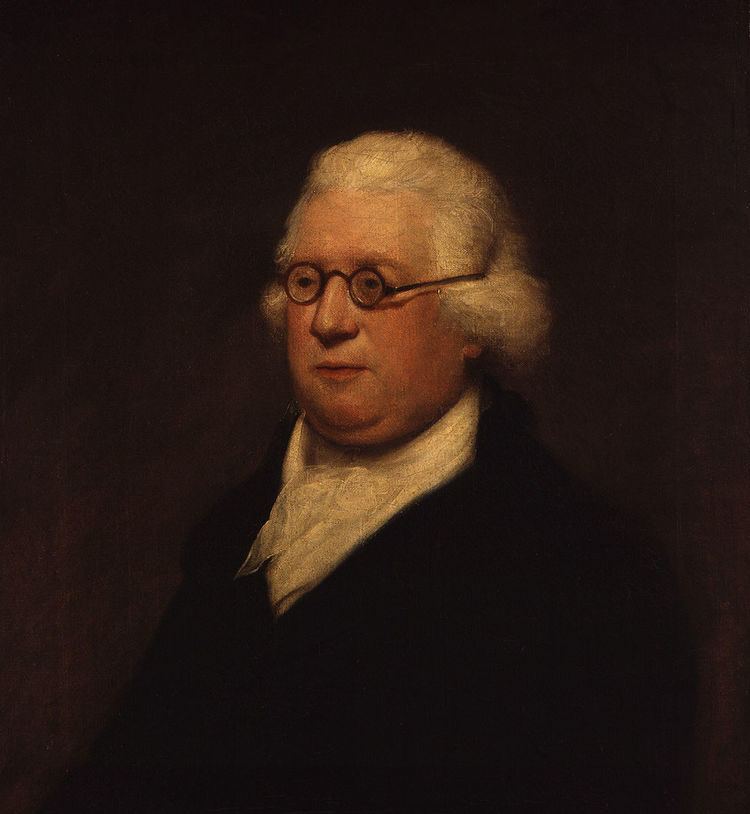Children James Hook Years active 1756–1820 Books Catch him who can! | Name James Hook Grandchildren Walter Hook Role Composer | |
 | ||
Born 3 June 1746Norwich, England ( 1746-06-03 ) Instruments Organ, harpsichord, fortepiano Died 1827, Boulogne-Billancourt, France Similar People Theodore Hook, Leonard McNally, Walter Hook | ||
Occupation(s) Composer and organist | ||
James hook song the glorious first of june 1794
James Hook (3 June 1746 – 1827) was an English composer and organist.
Contents
- James hook song the glorious first of june 1794
- James hook great britain triumphant patriotic finale 1794
- Life and musical career
- Works
- References
James hook great britain triumphant patriotic finale 1794
Life and musical career
He was born in Norwich, the son of James Hook, a razor-grinder and cutler. He displayed a remarkable musical talent at an early age, playing the harpsichord by the age of four and performing concertos in public at age six. He began performing regularly by the time he was 10 years old, including benefit concerts. He held many jobs to earn money, including teaching, composing, transcribing music and tuning keyboard instruments.
Sometime between June 1763 and February 1764 Hook moved to London. There he became the organist at White Conduit House, Pentonville, one of the tea gardens that were popular in 18th-century London. He worked as an organist, teacher and composer, and gained a reputation for composing vocal music. He married the artist and writer Elizabeth Jane Madden on 29 May 1766, at St. Pancras Old Church. They had two sons, James (1772–1828) and Theodore Edward (1788–1841).
Hook was appointed organist and composer to Marylebone Gardens in 1768. In addition to his performances as an organist, and occasionally on the harpsichord, he was now invited to perform concertos between the main works in the theatres, and his short musical entertainments and comic operas were being produced for the pleasure gardens and in the London theatres.
He was appointed organist of St Johns Horselydown, Bermondsey, in 1772, and frequently played concerts on newly built organs, both in London and in nearby counties, often playing his own compositions, he was highly successful as a teacher of organ and harpsichord. Hook remained at Marylebone Gardens until the end of the 1773 season, and a year later was engaged in a similar position at Vauxhall Gardens, where he worked until 1820.
Throughout these years he composed operas and other musical works, most of which were produced at Drury Lane and Covent Garden Theatres. He frequently collaborated with family members. His wife Elizabeth wrote the libretto for the opera The Double Disguise (1784). His son James provided librettos for Jack of Newbury (1795) and Diamond Cut Diamond (1797), while Thomas Edward composed librettos for at least eight operas.
On 18 October 1805 Hook's first wife, Elizabeth Jane Madden, died. A year later, on 4 November 1806, he married his second wife, Harriet Horncastle James.
In 1820 he unexpectedly left his position at Vauxhall, after almost a half century of service, and he died seven years later in Boulogne.
Works
Stage works
Large Vocal Works
Chamber Music
Keyboard Sonatas
Concerti
Songs
Rhymes
Pedagogical works
